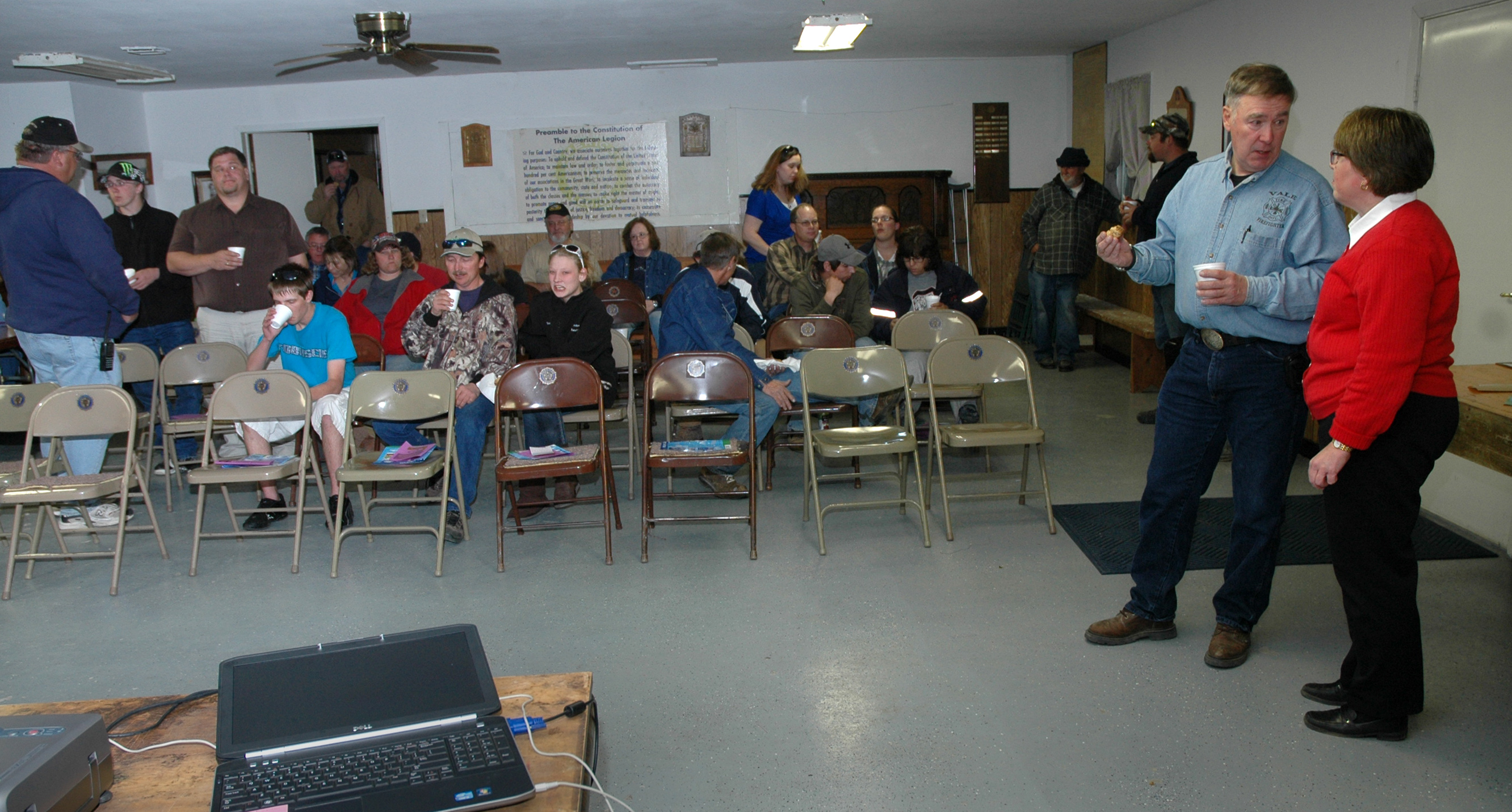National Weather Services offices around the country will recognize their Skywarn® spotters during the annual Skywarn® Recognition Day on Saturday, December 4. A new feature highlights the number of spotters by allowing them to mark their locations on a nationwide map.
Although the event usually involves amateur radio operators at NWS offices making contacts with other radio operators, COVID restrictions necessitate the event be conducted virtually again this year, so radio operators will make contacts from their homes.
Skywarn® is a network of weather spotters organized by emergency managers to provide real time reports of tornadoes, severe thunderstorms, and flooding to the NWS and public safety officials. Organizations that participate in Skywarn® include fire departments, law enforcement, emergency medical services, search and rescue, amateur radio, and other groups who deploy to observe and report storm conditions. Many of these members are volunteers who perform this work on their own time. Other spotters include individuals who report weather conditions to the NWS. All spotters are trained by NWS meteorologists how to identify storms and make reports.
Spotters provide an invaluable service to both the NWS and the public. Their “ground truth” information helps meteorologists make life-saving warning decisions. The advanced radar, satellite, and weather stations used by NWS forecasters cannot detect all weather conditions, such as hail size on the ground and tornado touchdowns, so human observations are important. Spotters also fill in gaps between observing stations. Their reports are relayed to the public and media, which increase awareness of the imminent hazards and confirm the danger, prompting people to protect themselves.
If you are interested in becoming a spotter but do not belong to an organization participating in Skywarn®, training is available for you to make reports. After attending a local spotter training class or completing two online courses, you can receive a Spotter ID number, which is used to identify you as a trained spotter when you report conditions to your local National Weather Service office. Skywarn® classes are held in the spring; check our Skywarn Spotter page for one near you or for instructions on how to view a training webinar. You can also join the CoCoRaHS program to report your precipitation daily.

Spotter Training class in Nisland, SD Newcastle Fire Department watching storms